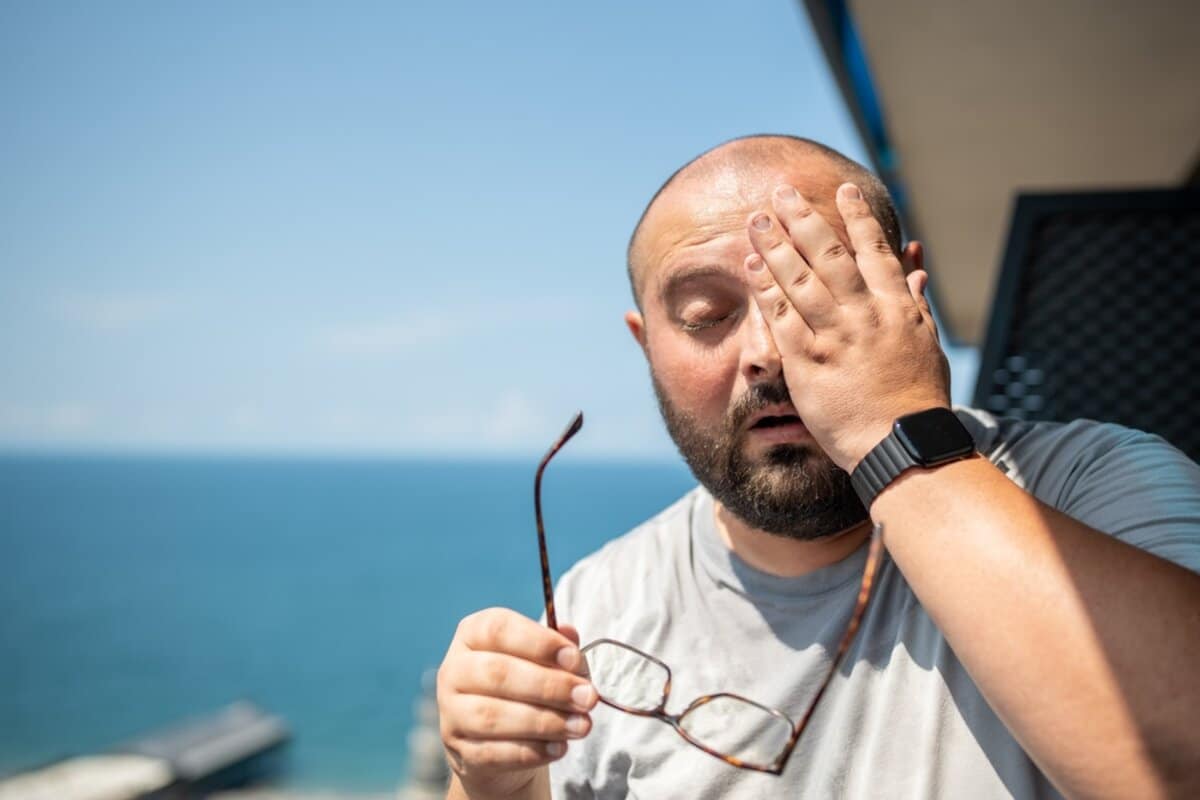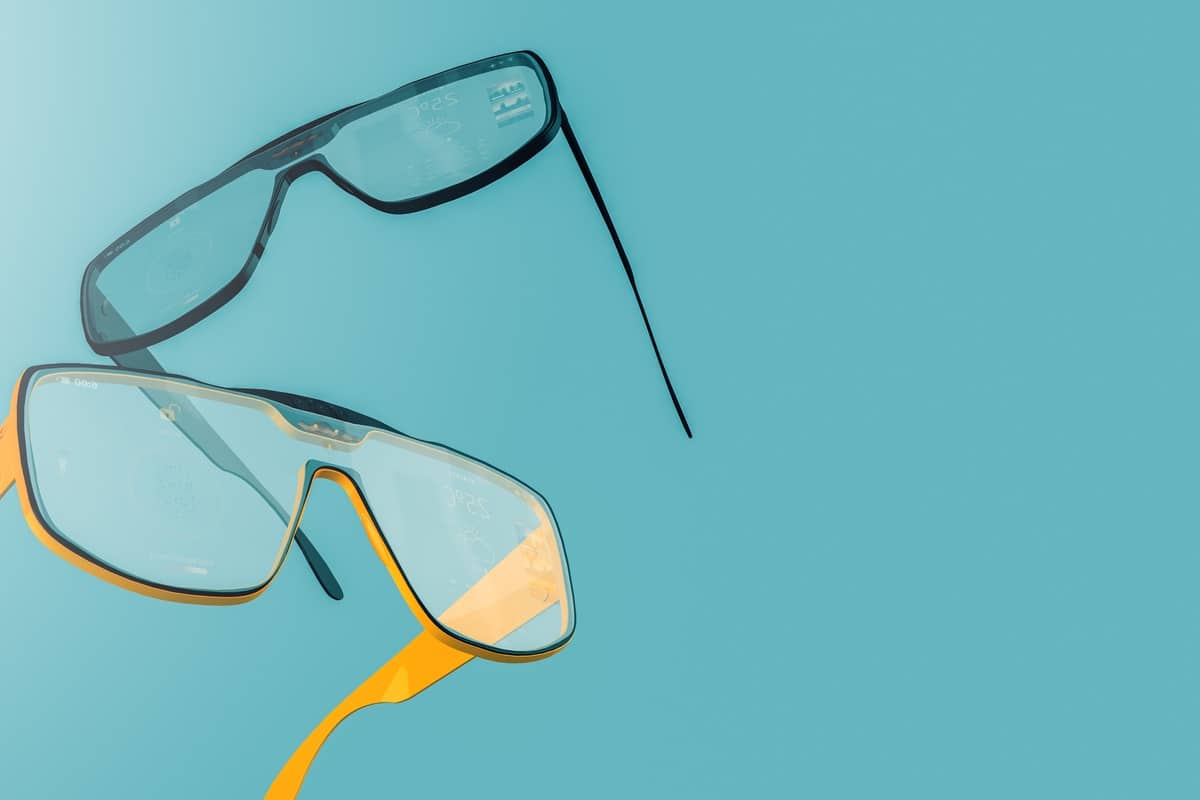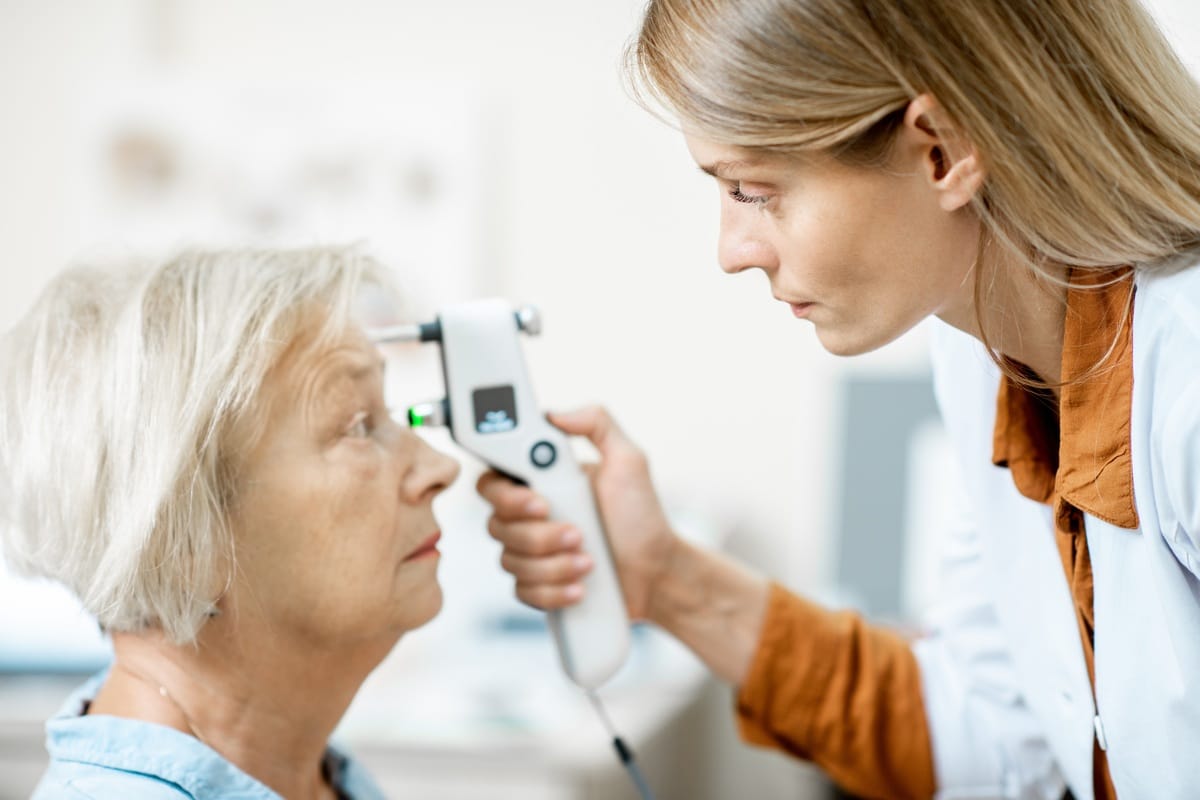Eye pressure plays a crucial role in maintaining eye health. When pressure builds beyond a normal range, it can create serious risks for your vision. Experts may not fully understand all the causes of high eye pressure, but we know enough to identify potential treatments and preventative measures. Whether you’re experiencing elevated eye pressure or just want to protect your vision, understanding what causes high eye pressure and how to reduce it is key to long-term eye health.
The Importance of Monitoring Eye Pressure
Eye pressure, also known as intraocular pressure (IOP), varies from person to person. The normal range typically falls between 10 and 22 millimeters of mercury (mm Hg), but that doesn’t mean everyone within that range is safe from harm. When eye pressure gradually increases or spikes suddenly, the optic nerve—the part of the eye responsible for transmitting visual information to the brain—can become damaged. This can result in visual field loss, which is often irreversible.
Since the optic nerve is one of the most delicate parts of the eye, keeping intraocular pressure in check is critical. Elevated eye pressure is a key risk factor for glaucoma, a leading cause of blindness worldwide. This is why regular eye exams that include pressure testing are so important for detecting and managing this issue early on.
What Causes High Eye Pressure?
Many factors contribute to high eye pressure, but experts are still exploring all the possibilities. Ocular hypertension, or elevated eye pressure without other symptoms, is often something that eye doctors monitor over time. Here are a few known causes that may lead to an increase in eye pressure:
Fluid Imbalance in the Eye
The eye produces a fluid called aqueous humor, which is vital for nourishing the eye and maintaining its shape. Normally, this fluid flows in and out of the eye through a drainage system. When too much fluid is produced or the drainage channels become blocked, it can cause a build-up of pressure.
Age
As we age, our eye’s drainage system may become less efficient, leading to a slow increase in eye pressure. People over the age of 40 are more likely to experience elevated eye pressure and are at a higher risk for conditions like glaucoma.
Genetics
Family history plays a significant role in your risk for high eye pressure. If you have relatives with ocular hypertension or glaucoma, you are more likely to develop these conditions yourself.
Physical Eye Characteristics
The structure of your eye can also influence your intraocular pressure. For example, people with a thinner or more rigid corneal surface may have underestimated eye pressure readings, while those with a thicker front surface may have overestimated readings. Tests like corneal hysteresis can provide more accurate assessments of your eye pressure risk.
How to Reduce Eye Pressure
Lowering eye pressure is essential to prevent optic nerve damage and potential vision loss. Fortunately, there are several ways to manage and reduce high eye pressure. Depending on your individual situation, your eye doctor may recommend one or more of the following treatments.
Eye Drops
The most common treatment for elevated eye pressure involves prescription eye drops. These medications work by either reducing the amount of fluid the eye produces or increasing the fluid’s drainage from the eye. Sometimes, a combination of both is used to bring eye pressure down.
Laser Procedures
For individuals who cannot use eye drops or need additional support, laser procedures are another option. Laser treatments, such as Selective Laser Trabeculoplasty (SLT) or Argon Laser Trabeculoplasty (ALT), involve creating tiny holes in the eye’s drainage system. This helps the fluid pass out of the eye more easily, reducing intraocular pressure.
Minimally Invasive Glaucoma Surgery (MIGS)
MIGS procedures are a newer, less invasive option for individuals with moderate to severe cases of glaucoma. These surgeries typically involve inserting a small stent into the eye’s drainage system to facilitate fluid outflow. MIGS is often used when laser treatments and eye drops are not enough to control pressure effectively.
Traditional Surgery
In extreme cases, where eye pressure is dangerously high or other treatments have failed, more invasive surgeries may be necessary. These surgeries aim to create new drainage pathways or enhance existing ones to keep intraocular pressure in check. However, most patients are able to manage their condition with less invasive methods before reaching this stage.
Preventive Measures and Regular Eye Exams
Regular eye exams are the first line of defense when it comes to managing high eye pressure. At each exam, your eye doctor will measure your intraocular pressure and assess the health of your optic nerve. Additionally, certain tests, like corneal hysteresis, can provide more detailed insights into how your eye’s structure affects pressure levels. These tests can help determine whether early intervention is necessary.
Besides regular check-ups, living a healthy lifestyle can also reduce the risk of developing high eye pressure. Eating a balanced diet rich in fruits and vegetables, avoiding smoking, and exercising regularly can all help keep your eyes healthy.
Conclusion

Understanding what causes high eye pressure is crucial for maintaining your vision over time. Whether it’s due to fluid imbalance, genetics, or age-related changes, monitoring and managing eye pressure can significantly reduce your risk of developing conditions like glaucoma. From eye drops to laser procedures and even surgery, there are many ways to lower elevated eye pressure and protect your optic nerve from damage. Be sure to schedule regular eye exams to monitor your pressure levels and detect any early signs of trouble. If you’re concerned about your eye pressure or have a family history of ocular hypertension, contact Art of Optiks today to schedule a comprehensive eye exam and take proactive steps in safeguarding your vision.




